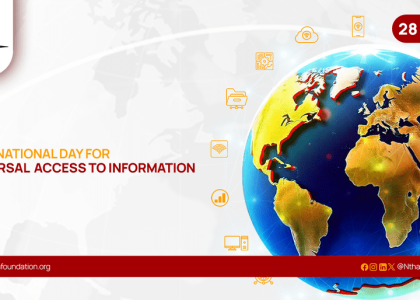Our team contacted a notable University in Malawi to recommend one female ICT student for the Bants2Business panel session, and to our surprise, we were notified that out of their entire ICT class, none are female.
The gender digital divide refers to the gap between men and women concerning their access to and usage of digital technologies, particularly the internet and other information and communication technologies (ICTs). It encompasses disparities in various aspects, including access to hardware (such as computers or smartphones), internet connectivity, digital literacy, and online participation.
The gender digital divide is a global issue that has significant implications for social and economic development. Some key points to understand about the gender digital divide are:
- Access to Technology: In many parts of the world, women have less access to technology compared to men. This lack of access may be due to various factors, including affordability, social norms, and unequal distribution of resources.
- Internet Usage: Even in cases where women have access to technology, they may be less likely to use the internet or ICTs compared to men. This discrepancy can be attributed to cultural norms, restrictions on internet usage, or concerns about safety and privacy online.
- Digital Skills and Literacy: There is often a gap in digital skills and literacy between men and women. This divide arises due to unequal access to education and training opportunities that would enable women to develop the necessary skills to use digital technologies effectively.
- Economic Opportunities: The gender digital divide can limit women’s access to online job opportunities and entrepreneurial ventures, which can have adverse effects on their economic empowerment.
- Social Empowerment: Access to information and online resources can enhance social empowerment, but limited digital access for women may hinder their ability to participate in decision-making processes and engage in social, political, and economic activities.
- Online Safety and Cybersecurity: Women may face unique challenges related to online safety and cybersecurity, including harassment, stalking, and privacy violations, which can further discourage them from using the internet.
Efforts to bridge the gender digital divide include promoting digital literacy and skills training programs targeted specifically at women, addressing socio-cultural barriers, improving internet infrastructure, and fostering inclusive policies that ensure women have equal opportunities to access and use digital technologies.
To keep up with the work of the Ntha Foundation, our hub, initiatives and projects, follow our social media pages:











